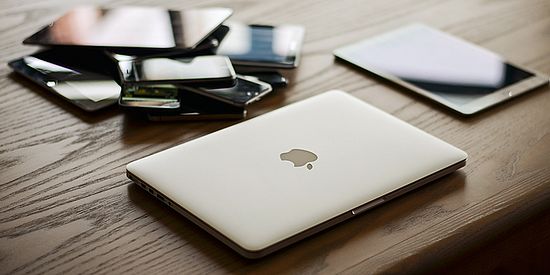
Devices
Computers that are connected to other computers via a network can be attacked via this network. Such attacks can either be automated with as many targets as possible, or they can be specific to one device. If an attack is successful, data can be read, copied, manipulated or deleted and the computer can act as a vehicle for further attacks.
For this reason, IT Services take a variety of measures to protect the computers on the University's network. However, this cannot be done without your help. In addition to the central protective measures, local protective measures and responsible, security-conscious handling of computers are also required. Please also read our page on security on the university network.
UniPrint Like any device with network access, printers must be securely configured and regularly maintained. Since some printers have a hard disk, data security is not easily guaranteed. The tips below can be used to counteract this problem:
- An admin password should be set instead of the default password.
- The configuration menu should be checked and if available the remote reset function should be disabled. This function can reset the password to the default manufacturer password.
- Printers should be patched regularly.
- Have the printer migrated to a subnet for printers at the responsible ITSC / CV.
- If sensitive documents have been printed, the hard disk should be destroyed or retained separately when the device is disposed of or repaired.
If the printer is insecure, then wasted material from third party joke printouts is the least of your problems. Printers can spread malware and print jobs can be altered. Existing functions can also be abused. For example, to print draft copies, you can have the words "DRAFT" automatically superimposed on the printout. However, this feature can also be abused, for example, to put swear words over every printout, thus rendering the printer unusable. Printers may be able to distribute and install drivers to print job PCs on their own. On currently patched PCs, users should be asked for permission via pop-up. A modified printer could be used to install arbitrary software on other machines. The printer does not only exist virtually, but it is also located in one place. Depending on the purpose of the printer, different locations are suitable. If the printer is to print sensitive documents, access to the printer should be secured. Especially if printouts are left for a while because it takes a while to get to the printer, it is important that no unauthorized persons can view or steal the printouts. Of course, used copy templates should not be left in the machine either. If it is necessary to log in to print, care must be taken to log out again.
Quick Links
